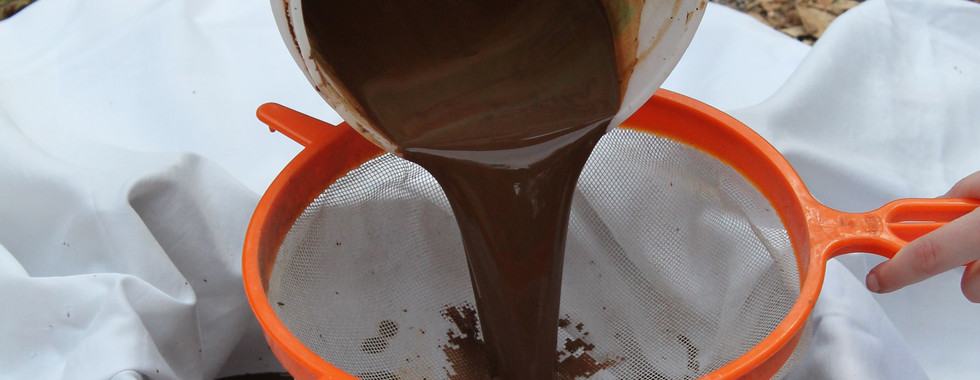Clay Processing In Mexico
- emilyseville
- May 4, 2021
- 2 min read
Updated: May 11, 2021
During my time as Artist-In-Residence at Guapamacataro Centre for Art and Ecology I wanted to explore connection to the place and create site-specific works/projects surrounding this. To begin these projects I wanted to process clay found on site at Guapamacataro. As clay is an integral part of my practice, I thought this process would give me a better understanding of the material and allow me to form a stronger connection to the surrounding land. This project was done in collaboration with the artist Anna Garrett who also documented the process. To carry out the project, we followed a booklet created by previous resident Ione Rojas which provided us with a step-by-step guide to processing the clay.

The first stage of the process was to find a suitable to site from which to source the clay. We tested 3 sites, all of which were near the river or water sources. Following the 'sausage'-technique, I would wet the dry dirt and roll it between my fingers. If the dirt formed into a sausage shape then there was enough clay in the site to be processed, however if the dirt crumbled when rolled then there was too much soil present. The below images document the testing of sites, one of which had sufficient enough clay to be processed.
After collecting the clay it then needed to be soaked for 24 hours and then sieved to remove any organic matter. It then needed to be soaked and sieved again, and finally excess water poured off ready to be hung and dried. The sieving process was super messing and pretty time-consuming, but it was so satisfying to watch the watery clay mixture become more saturated. The below images document stages of the sieving process and you can see how the mixture became more pure and saturated.
Finally the mixture needed to be hung and left to dry until it reached a workable consistency. I definitely have to thank Anna for her ingenuity in hanging the clay but also with helping me carry it, it was way to heavy to lift by myself! The time the clay mixture should be left for varies quite a lot, depending on how liquid it is and how warm the weather is. We left ours for about 3 days and it was still pretty soft when we took it out of the cloth.
This clay was used for a Clay Meditation (which you can read about in my other post) as well as a workshop with local children.







































Comments